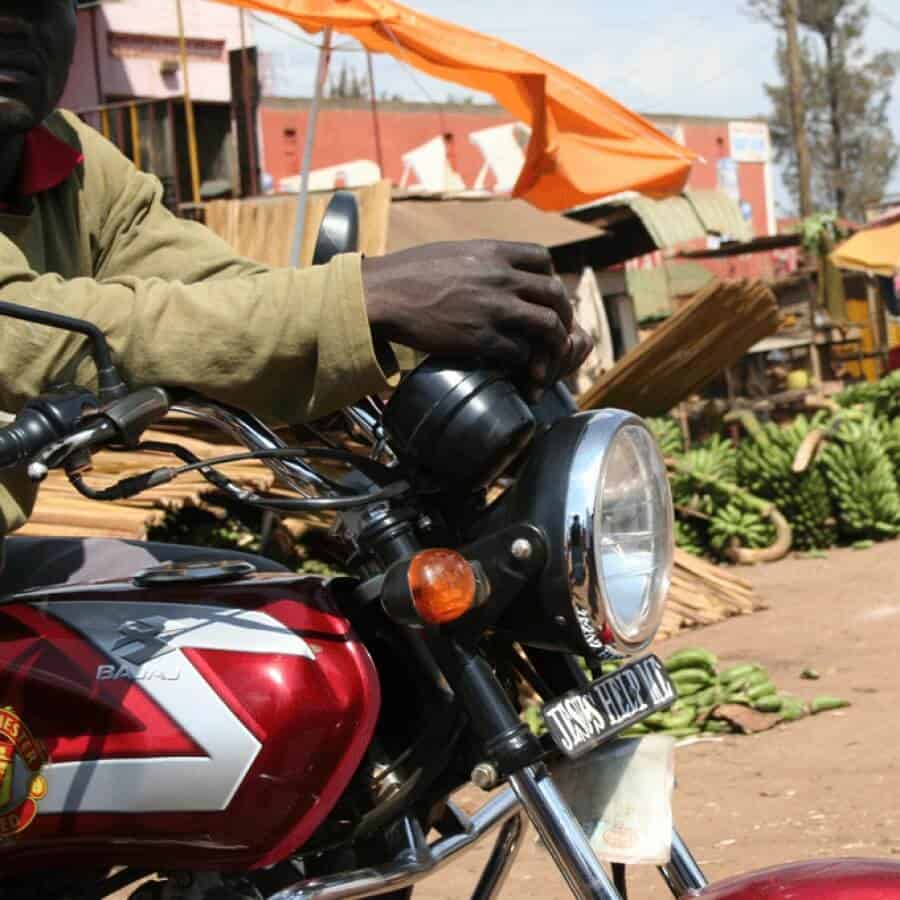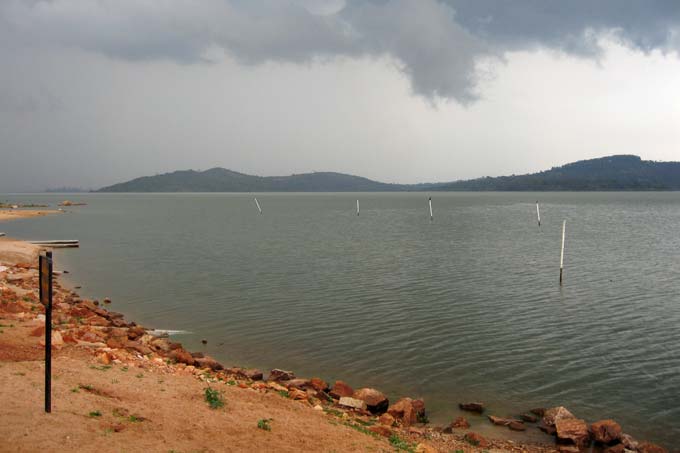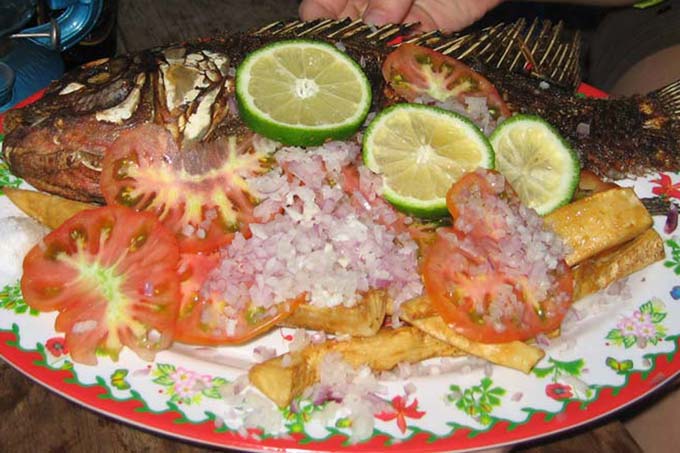Uganda, Luganda, Buganda – a rhyming trio which describes the capital region of Uganda. Kampala – Uganda‘s capital city – grew from the Buganda Kingdom, today a subnational region surrounding the capital. The area is definitely worth visiting. Luganda, on the other hand is one of the major languages spoken among the people who live in the south of Uganda in the territories nearest to the capital city. Having travelled across the entire country, we end our Uganda Tour in Kampala, where we began.
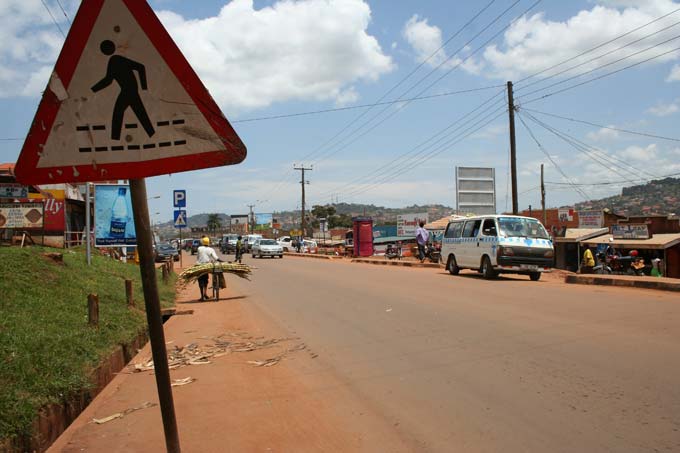
Kampala / Photo: Martina Advaney
Kampala has international air service through the nearby (about 40 km) airport at Entebbe.
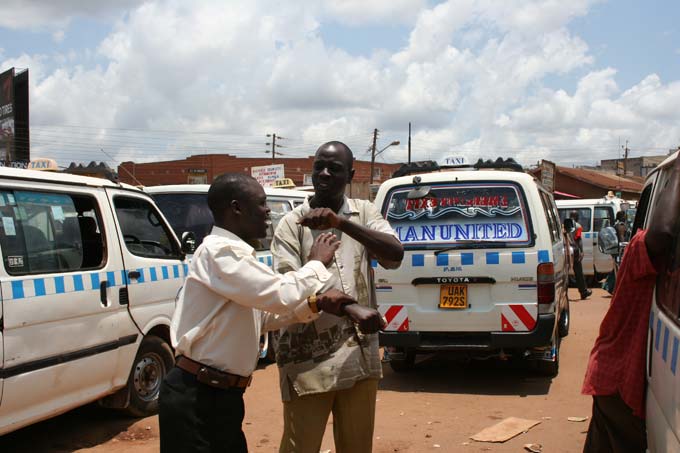
Taxi minibuses / Photo: Martina Advaney
Transport within the city is provided by motorbikes called Boda Bodas (which is the cheapest and most entertaining way to get around) or by city bus. Which, in reality, is a network based on minibuses, still called „taxis“ by the Kampalans.
Places worth visiting include:
The Uganda museum,
The Gadhafi Mosque, The Baha’i Temple,
The banks of Lake Victoria,
and The Crafts market or other markets.
The famous Kasubi Tombs were damaged due to a major fire in 2010. The reconstruction started in 2014.
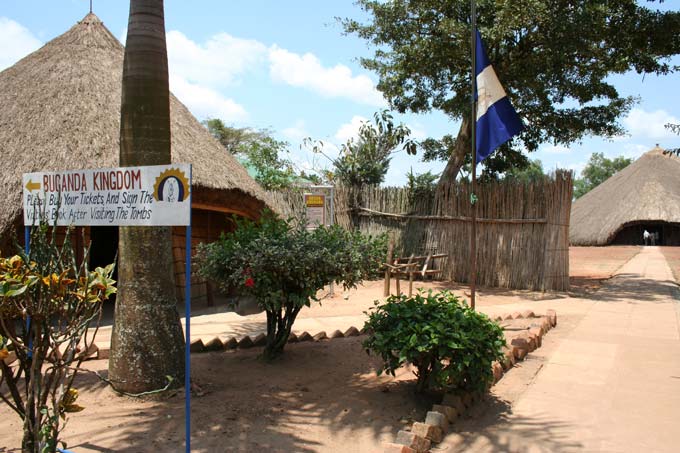
The Kasubi Tombs – interior / Photo: Martina Advaney
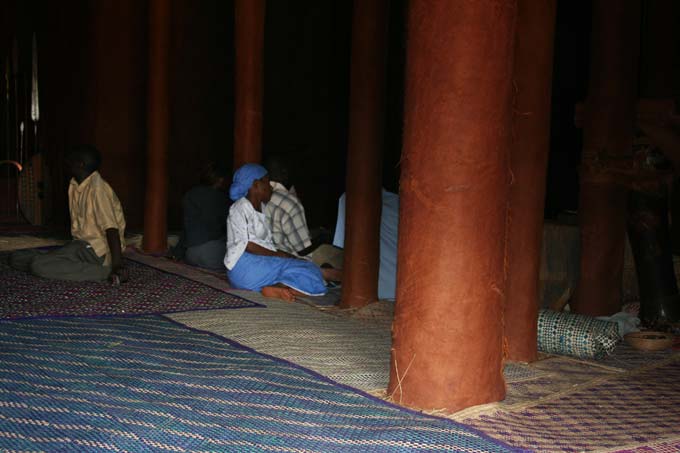
The Kasubi Tombs – interior / Photo: Martina Advaney
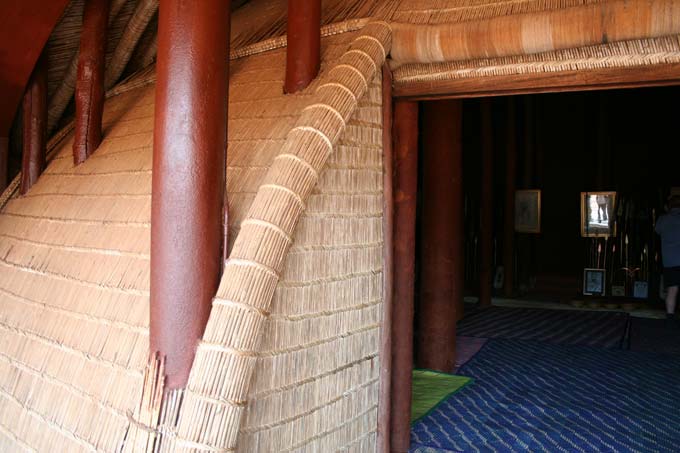
The Kasubi Tombs / Photo: Martina Advaney
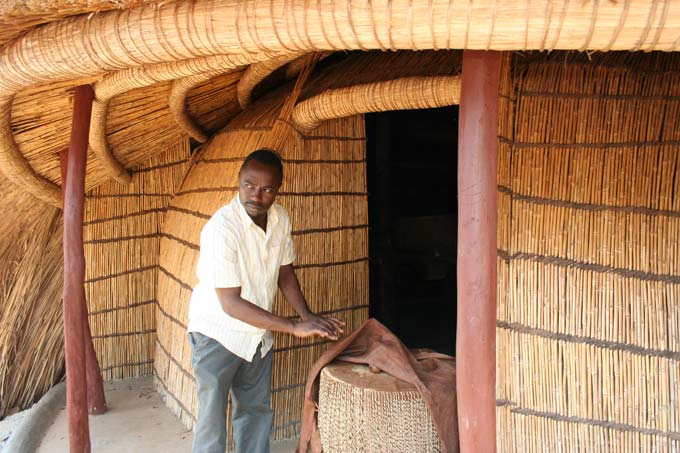
The Royal Drum House / Photo: Shutterstock
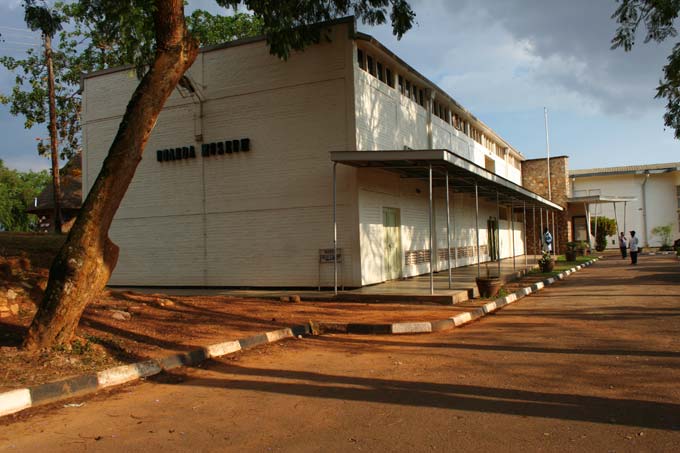
Uganda Museum, Kampala / Photo: Martina Advaney
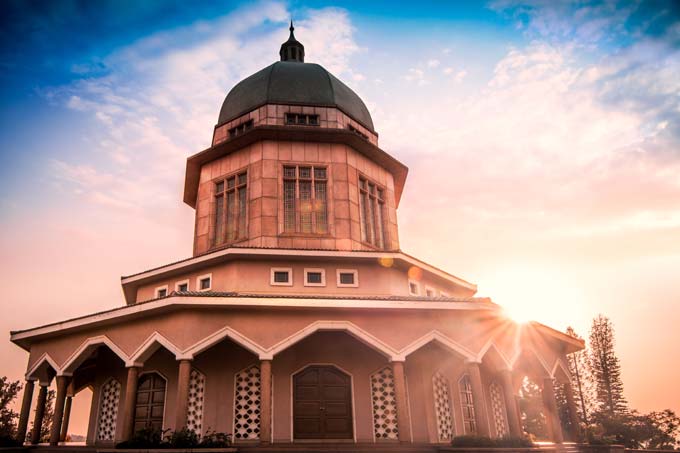
Bahai Temple, Kampala / Photo: Shutterstock
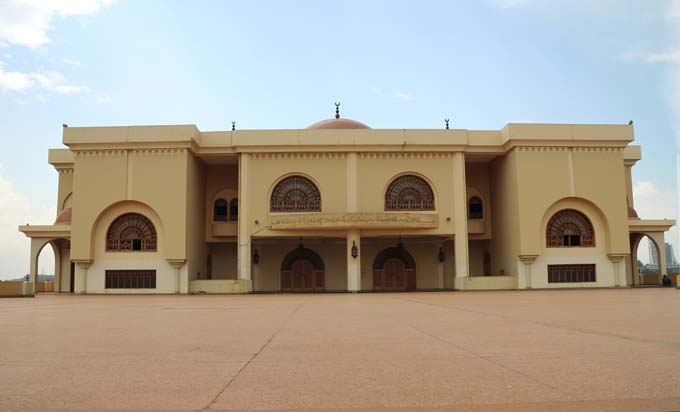
Gaddafi Mosque, Kampala/ Photo: Shutterstock
Lake Victoria / Photo: Martina Advaney
The handmade crafts are especially impressive given the Ugandans‘ ability to use the simplest materials (even newspapers) and transform them into beautiful objects.
Cuisine in Uganda varies from region to region and features Swahili, Indian, and many other influences.
Some of the traditional dishes are: Matoke – a variety of green bananas prepared like mashed potatoes – peanuts prepared in the form of a sauce, and Luwombo, steamed meat with mushrooms in banana leaves. The food is very rich in carbohydrates.
Apart from that, it is possible to order almost any of the other great world cuisines in Kampala (Japanese, Italian, Indian, Ethiopian…).
The flavoring in traditional cooking is focused on the simpler tastes with a bias in favor of salt. Despite this uncomplicated seasoning, some of the dishes are notably interesting to taste, like the dish we tried on the banks of Lake Victoria:
fish from the lake,
fried in one piece, and served with chips,
sliced tomatoes,
finely chopped red onion,
and the inevitable salt.
Fried fish with chips / Photo: Martina Advaney
Respecting the matter of lifestyle, staying in Uganda calls for patience. Electricity can vanish suddenly, and the same goes for hot water. The best part, though, is that even though it looks like the streets are filled with bustling crowds, in reality the tempo is quite slow, with no rush. What cannot be done today, will wait for another day.
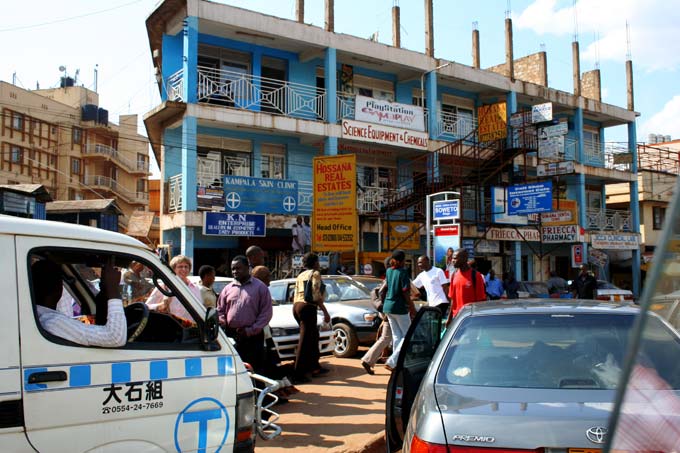
Kampala / Photo: Martina Advaney
Support us!
All your donations will be used to pay the magazine’s journalists and to support the ongoing costs of maintaining the site.
Share this post
Interested in co-operating with us?
We are open to co-operation from writers and businesses alike. You can reach us on our email at [email protected]/[email protected] and we will get back to you as quick as we can.
